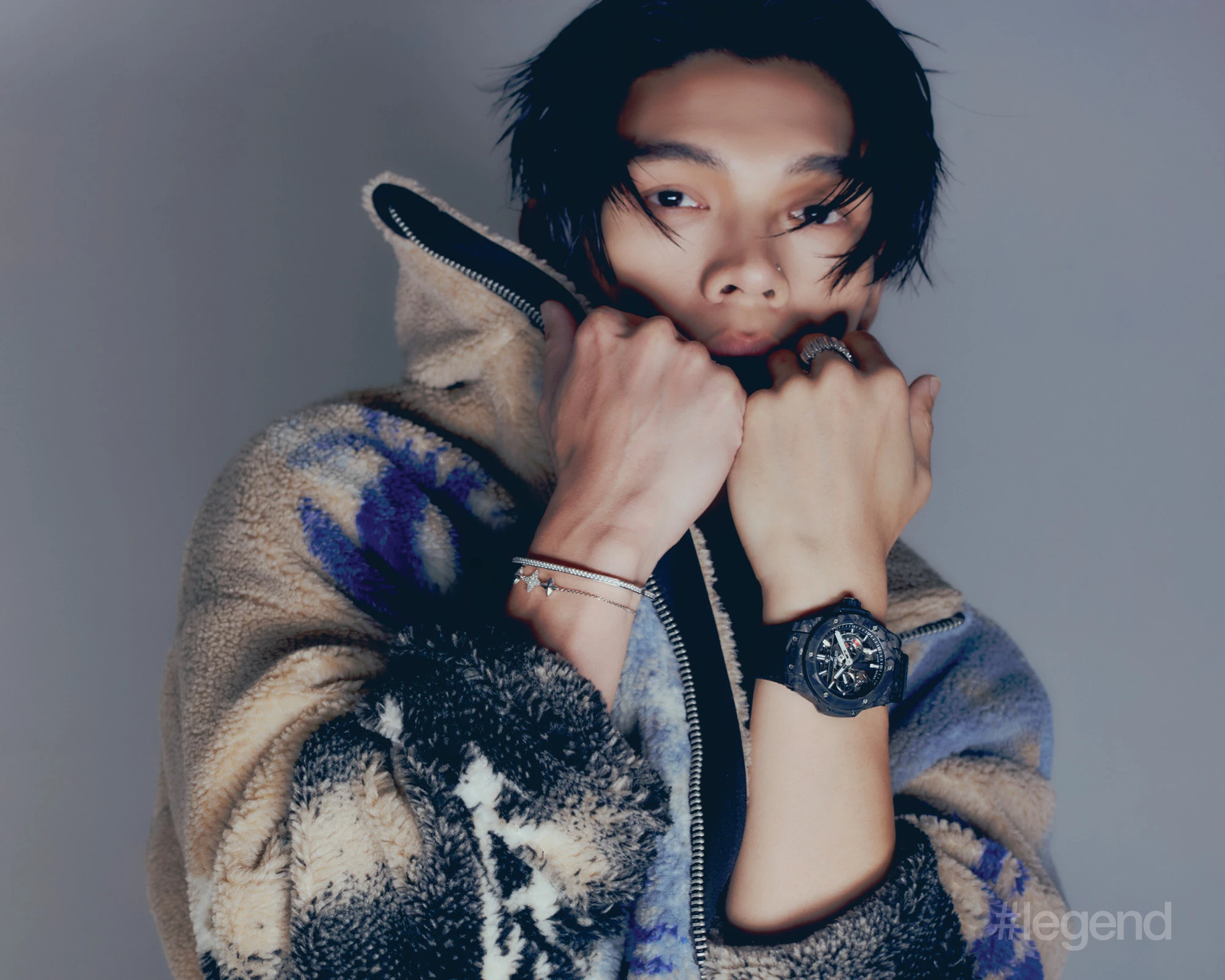Diving into the queer legacy of The Little Mermaid
Jun 02, 2023
Pride Month is here! David Ho wades into why the tale of The Little Mermaid has long been a siren call to the heart of the queer community
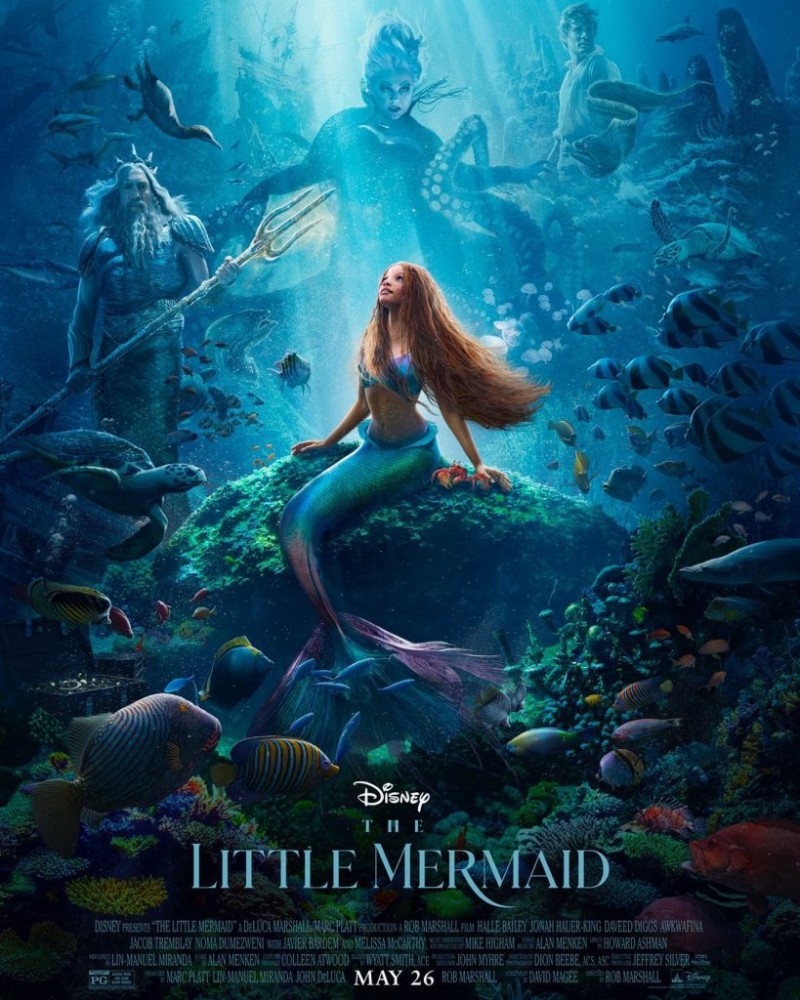
The recent release of Disney’s The Little Mermaid saw it draw in US$163.8 million (HK$1.28 billion) worldwide over its opening weekend alone. With releases in certain countries like Japan to come, there is a chance that it could bolster the box office fortunes of the film, made with a reported US$250 million (HK$1.95 billion) budget and US$80 million (HK$626.9 million) for marketing.
Yet, the movie is swimming against strong tides. It has been a lightning rod for controversy, with the casting of Halle Bailey in the lead role dividing the Internet. Those who objected have seen it as forced diversity because of “woke culture”.
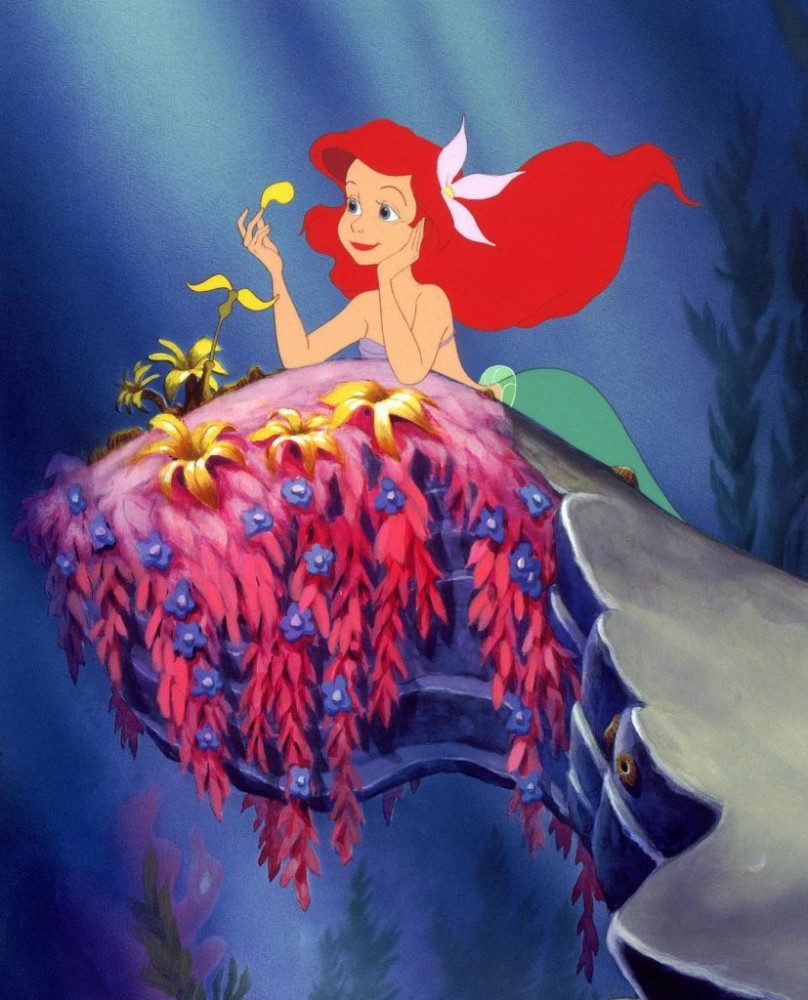
But our preview of the film reveals to us that yes, Halle IS Ariel. She does an admirable job of conveying the innocence, curiosity, and sass of the titular mermaid, further boosted by her inspired takes on the songs, both old and new. The rest of the cast hold their own too, with Melissa McCarthy’s campy take on Ursula being a standout.
While a whole new generation will soon embrace the live action film as their introduction to The Little Mermaid, the story has long been special to the hearts of many, especially those in the LGBTQIA+ community.
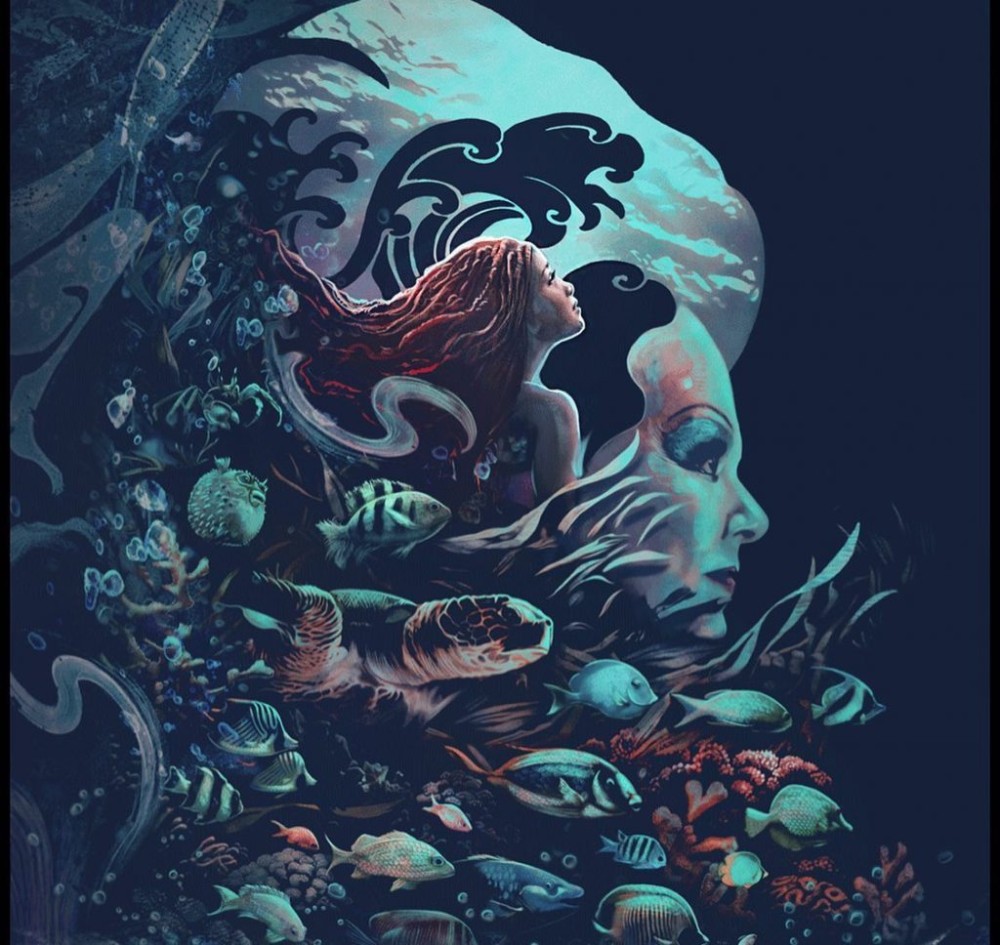
The original tale of The Little Mermaid was written by Hans Christian Andersen, who wrote it in 1837 as a lament when the bisexual Danish author’s romantic overtures were rejected by a male friend, Edvard Collin. Still longing to be part of Collins’ world, Andersen wrote his most famous story when his crush was engaged to be wed to a woman. In an odd twist, Collins and his wife agreed to share a burial plot with Andersen.
“Andersen could not tell the world of his own homosexual love for the people of the world, but the original manuscripts showed his feelings clearly,” wrote Wardell Pomeroy, a colleague of famed sexologist Alfred Kinsey, upon studying the original texts.
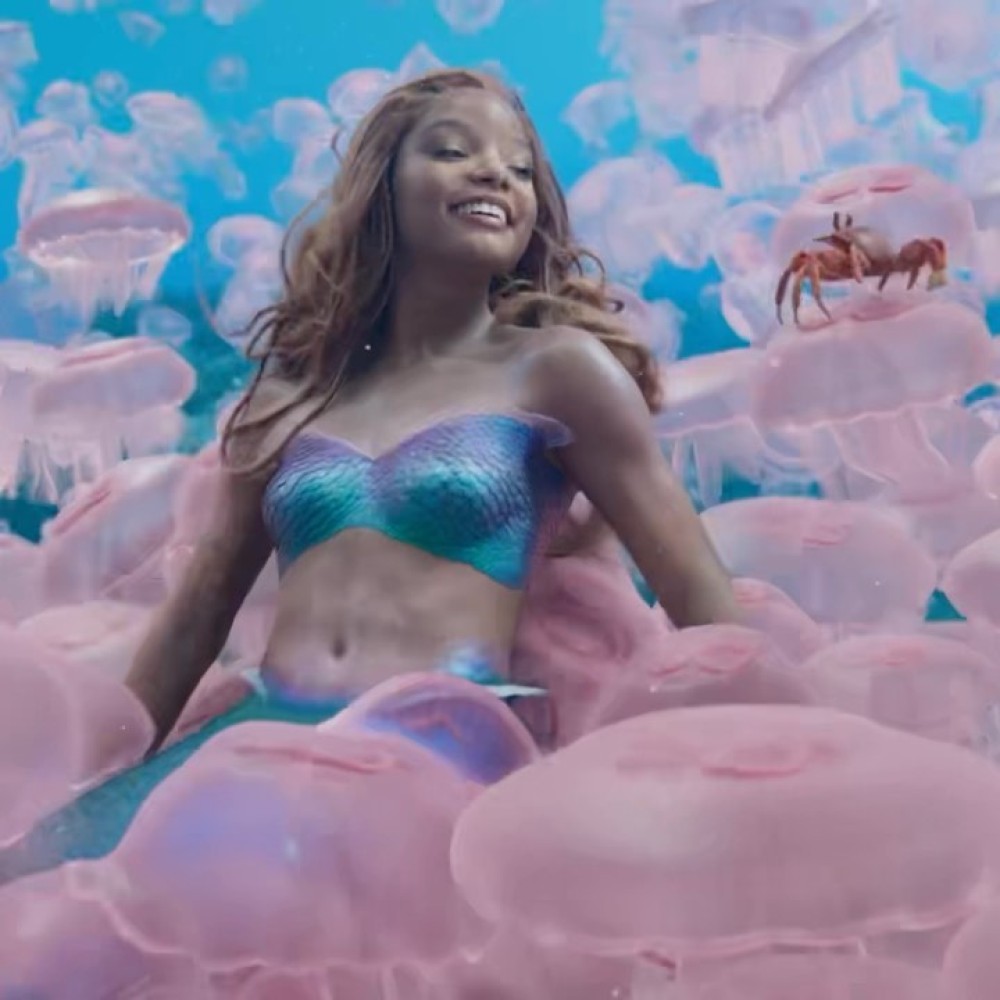
Enter the modern era. After Disney finished Snow White and the Seven Dwarves in the late 1930’s, the studio started development on a mermaid animation, but it was delayed for various reasons until the 1980’s. The story of the mermaid then went into the hands of another queer storyteller. American playwright Howard Ashman would prove to be instrumental in bringing to life the character of Ariel, penning the lyrics to the now much beloved songs in The Little Mermaid movie.
Besides introducing the Broadway formula of ‘I Want’ songs to subsequent Disney productions, The Little Mermaid’s success brought about a revival to Disney’s flagging fortunes at the time. Sadly, Ashman would pass away shortly from AIDS-related complications before the release of Disney’s Beauty and the Beast, which was dedicated to him as a friend who “gave a mermaid her voice and a beast his soul.”
The 2023 live action version would continue to be helmed by queer creators, namely director Rob Marshall and his partner, producer John DeLuca.

Yet, it is not just its creators that have made The Little Mermaid such a resonant tale to queer kids of all ages.
“As a young gay kid, the story helped me frame the feeling of being born in the wrong world and body. I grew up in a place that wasn’t very queer friendly so the mermaid’s search for a different world felt relevant to me,” says Jamie Aung, a YouTuber who goes by the name Chaymie Creates online. The tale struck such a chord with him that he continues to collect mermaid merchandise, much of which he shares with the viewers on his channel.
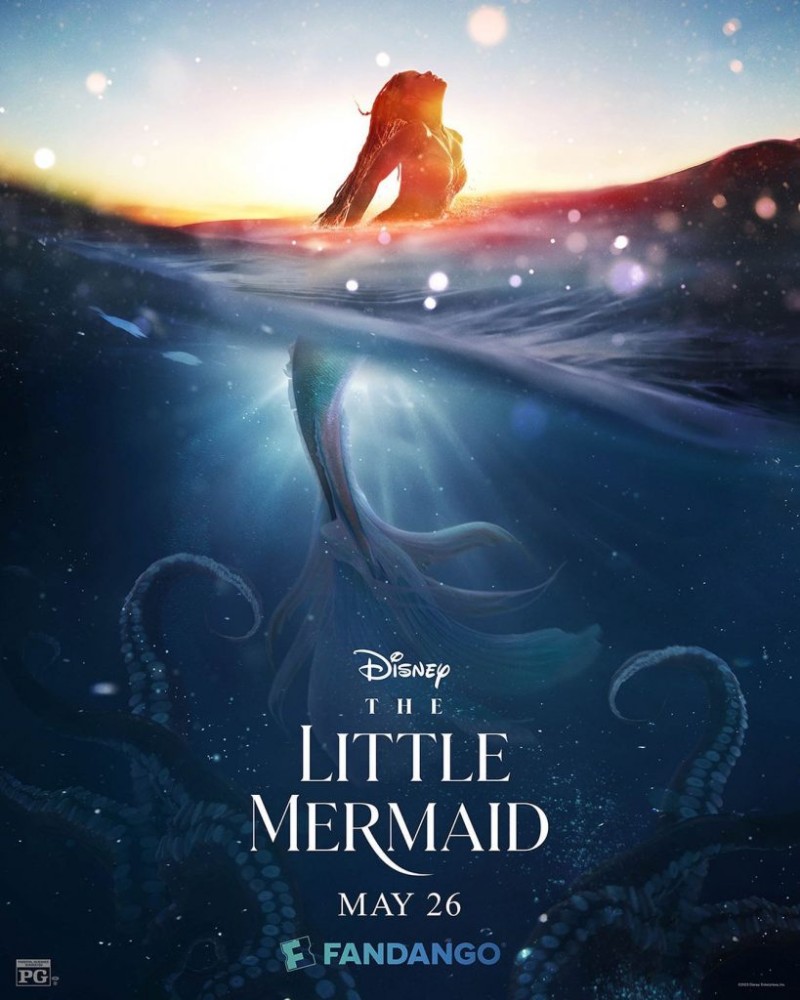
Narrative aside, queer symbols abound in the movies. The shedding of the mermaid’s lower half of her body is seen by some as a metaphor for the journey of gender transition. The UK trans support group Mermaids took its name from the symbolism.
“The song Part of Your World was written to reflect Ariel’s desires, which mirror how queer people want to be part of a world like everyone else,” says Brenda Alegre, a lecturer of gender studies at the University of Hong Kong. “Furthermore, the merfolk symbolise the duality or the conflicting realities of queer people.”
Disney’s Ariel hiding out in a cavern full of her forbidden human treasures has been read as “being in the closet”, where one hides their true self and interests from the world. The subsequent surrender of her voice to the sea witch is also seen by some as the silence one pays as a price to fit in the world of her choice.

Speaking of the sea witch, Ashman drew much inspiration for the character of Ursula from the drag queen Divine. “In Ursula’s drag scene, Ariel learns that gender is performance; Ursula doesn’t simply symbolize woman, she performs woman,” writes scholar Laura Sells in a 1995 analysis. Actress Melissa McCarthy too, has confirmed that she drew inspiration from drag performers for her take on the character.
For those who have complained that the 2023 film is “too diverse”, maybe they should look at the roots of the original story and its subsequent retellings.
Photo: Disney @disneylittlemermaid
Also see: The recipe of Netflix’s well done Beef























